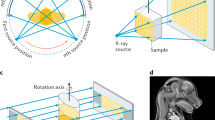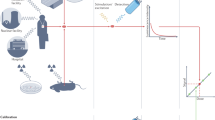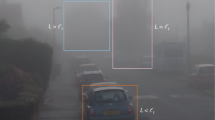Abstract
RöNTGEN'S discovery of X-rays at the end of the year 1895 began a new era in the history of scientific investigation. Few discoveries have so speedily been followed by important benefits to mankind in connexion with medicine and surgery, and by equally important theoretical advances. It is no exaggeration to say that our present knowledge of the structure of the atom dates from 1895, for not only did the X-rays provide a convenient means of producing ionisation in a gas, but also by their penetrating power they suggested that search for other penetrating radiations which resulted in the discovery of radioactivity. Yet on looking back it seems somewhat strange that there should have been such a long interval—about seventeen years—between the first discovery of X-rays and the introduction of a crystal as a three-dimensional diffraction grating for the analysis of the rays. We may recall the fact that there was a slightly longer interval a century earlier between the invention of the voltaic cell and the discovery of the magnetic action of the current by Oersted. To the intuition of von Laue (1912) we owe the X-ray spectrograph and the marvellous developments which have followed from its introduction by the Braggs and its improvement by other workers.
(1) X-ray Crystallography.
R. W. James. (Methuen's Monographs on Physical Subjects.) Pp. vii + 88. (London: Methuen and Co., Ltd., 1930.) 2s. 6d. net.
(2) Les rayons X: théorie et applications.
Dr. Jean Thibaud. (Collection Armand Colin: Section de physique.) Pp. 218. (Paris: Armand Colin, 1930.) 10–50 francs.
(3) Les applications des rayons X: physique, chimie, métallurgie.
Dr. J.- J. Trillat. (Recueil des Conférences-Rapports de documentation sur la Physique.) Pp. 298 + 16 planches. (Paris: Les Presses universitaires de France, 1930.) 85 francs.
(4) X-ray Technology: the Production, Measurement and Applications of X-rays.
Dr. H. M. Terrill Dr. C. T. Ulrey. Pp. viii + 256. (London: Chapman and Hall, Ltd., 1930.) 21s. net.
(5) Handbuch der Experimentalphysik.
W. Wien F. Harms. Unter Mitarbeit von H. Lenz. Band 24, Teil 1: Allgemeine Physik der Röntgenstrahlen. Von Fritz Kirchner. Pp. x + 548. (Leipzig: Akademische Verlagsgesellschaft m.b.H., 1930.) 55 gold marks.
This is a preview of subscription content, access via your institution
Access options
Subscribe to this journal
Receive 51 print issues and online access
$199.00 per year
only $3.90 per issue
Buy this article
- Purchase on Springer Link
- Instant access to full article PDF
Prices may be subject to local taxes which are calculated during checkout
Similar content being viewed by others
Rights and permissions
About this article
Cite this article
ALLEN, H. X-Rays and their Applications. Nature 127, 356–358 (1931). https://doi.org/10.1038/127356a0
Issue Date:
DOI: https://doi.org/10.1038/127356a0
Comments
By submitting a comment you agree to abide by our Terms and Community Guidelines. If you find something abusive or that does not comply with our terms or guidelines please flag it as inappropriate.



